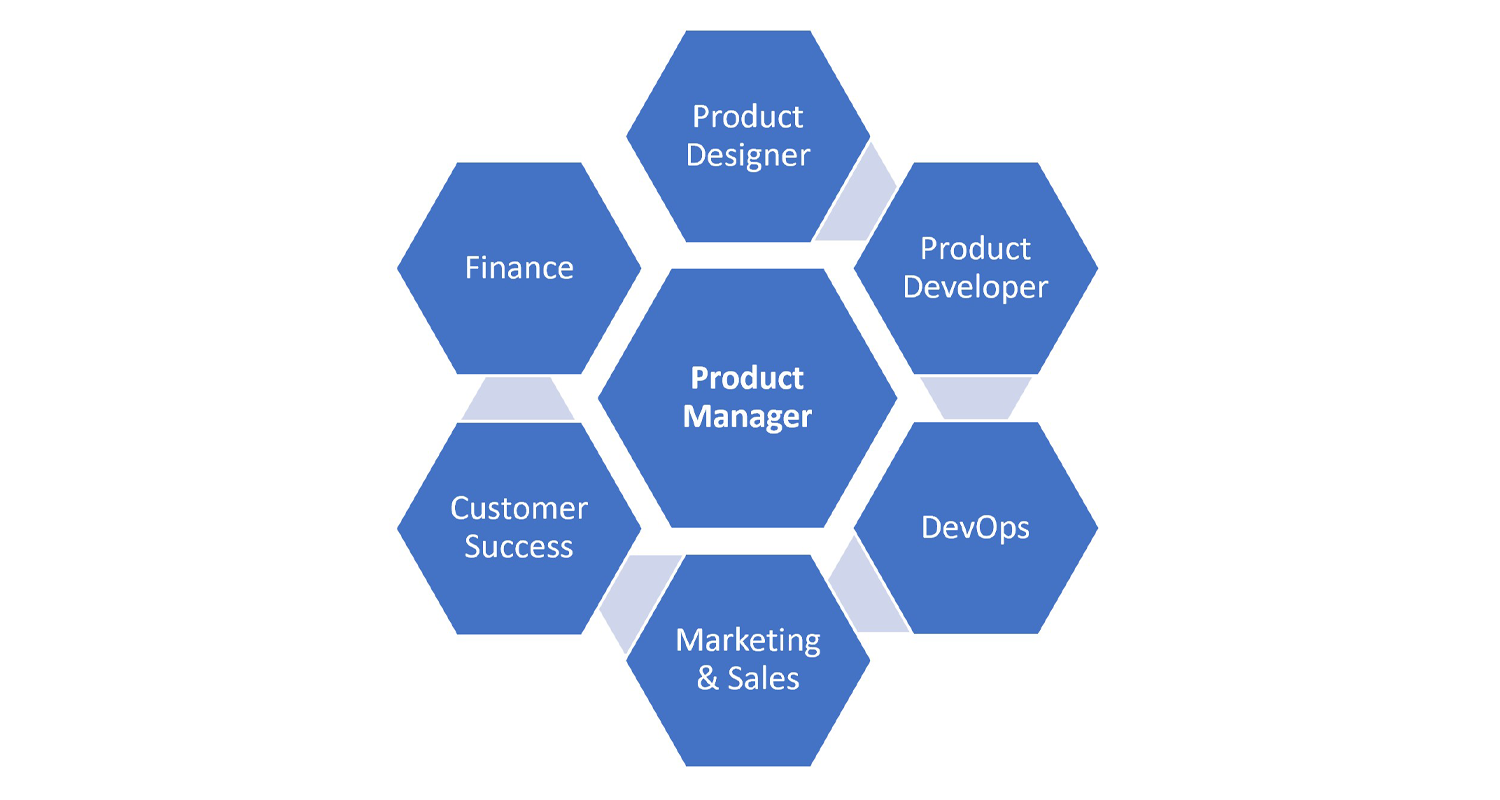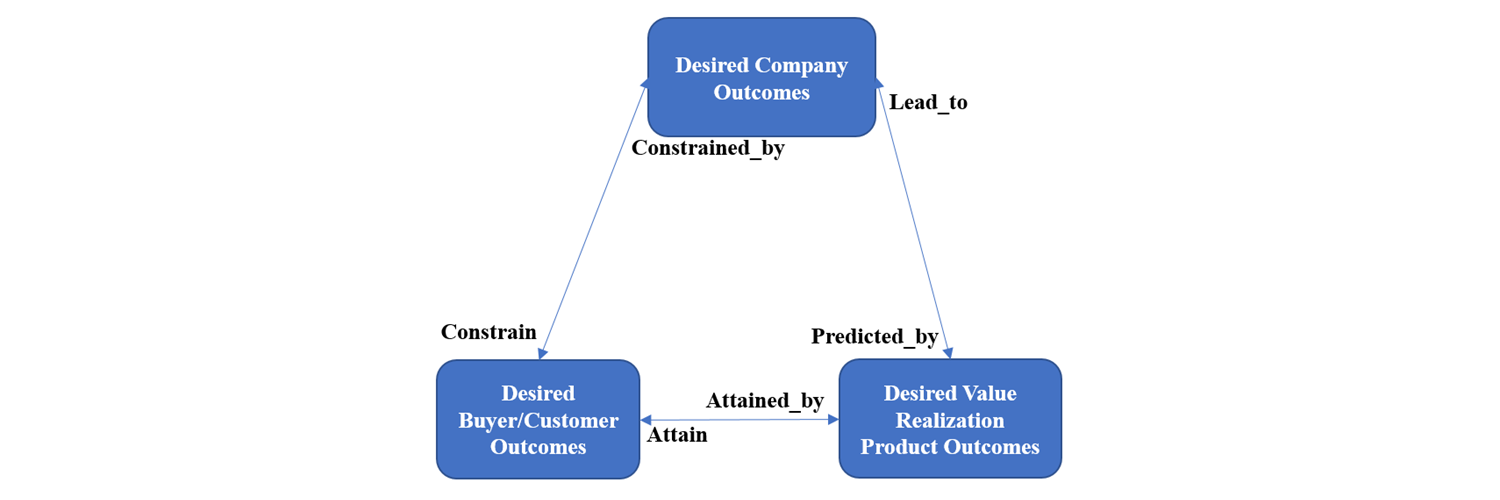Over the course of my career, I’ve headed both product management and product development organizations. A strong and functional relationship between these two organizations is a critical success factor for any SaaS company. Yet, over the course of my career, including the past decade of investing in and advising SaaS companies, I have found the relationship between product management and development to be problematic in many cases.
I routinely say that there is inevitably tension between product management and product development. If you are looking for this organizational interface to be a conflict-free zone, you are not being realistic. Think about it. Product management and development are charged with doing effective customer discovery and bringing together those keen insights to collaboratively define, experiment, learn and pivot on product offers. The goal of such product offers is to obtain and maintain initial and ongoing product-market fit and customer value realization, ultimately leading to market share leadership and growth for the SaaS company.
If product management owns the “who”, “what”, and “why” of product, and development owns the “how” of product, aren’t those lines of demarcation sufficient to have a smooth organizational interface? I’m afraid not. There are many natural places for tension between these two organizations. Some typical tension-filled scenarios follow.
- How much development capacity should be allocated to in-market (i.e., stability, scalability, extending/refining existing products) vs expansion product value streams (i.e., new markets, new products, new business models, new ecosystems, etc.)?
- How do technical debt and increasing cost of goods sold, due to inefficient use of elastic cloud resources, get addressed while at the same time continuing to build products with sustainable competitive advantage as well as capturing revenue expansion opportunities?
- What constitutes the mythical MVP anyway? What’s in and what’s out? Product management tends to have an emphasis on M (minimal) while development has an emphasis on V (viable). The tension over a product management view of “good enough” versus a development view of “I want to feel good about a product I am releasing” is noticeable in many cases.
- To what extent does the product need to deliver on a desired outcome before it is ready to be released into the wild for experimental learning and feedback?
- Do you have a clear definition of the product life cycle and the roles that each organization plays in the process?
- In the ever-increasing PLG world in which SaaS companies live, who should decide on the process and design stack (i.e., process: Atlassian, Asana; design: Figma, Lucidchart, etc.), product stack (i.e., Gainsight, Pendo, Amplitude, Heap, etc.), business stack (i.e., Chargebee, Chargify, Recurly) and tech stack (i.e., PaaS and IaaS offerings, including AWS, GCP, and Azure) for the product?
These few scenarios offer a mere glimpse into the tension that is ever-present in the product management x product development relationship. The solution is not to remove the tension, but rather to understand the difference between healthy and unhealthy tension. Healthy tension, much like a good relationship, has both parties aiming to listen and understand each other’s points of view and reach compromised decisions that reflect the collective wisdom of the team. Healthy tension is born out of being driven by the same customer value realization outcomes and desired company outcomes across both organizations. It is also characterized by a relationship of mutual trust and respect. On the other hand, an unhealthy, adversarial relationship between product management and development can wreak havoc on an organization. Lack of alignment between product management and development will lead to misplaced priorities, lack of focus and unsatisfied customers and shareholders.
What can be done to address unhealthy tension? I have experienced two basic approaches to dealing with this type of dichotomy. The first approach focuses on a higher-level shared vision and goals that unify product management and development. The second approach focuses on leading SaaS benchmarks and industry accepted best practices that can act as a catalyst for effective collaboration and change. For example, a number of leading SaaS benchmarks are referenced in this blog and best practices are referenced in the 5PMM product management life cycle model and various Agile frameworks, including SAFe, SCRUM, and the SaaStr Conference. Both approaches have proven useful in different contexts and are not mutually exclusive. I offer a few helpful ideas I have seen work in a number of SaaS companies for dealing with the tension.
- Be sure the product management and development organizations are driven by and incented to a common set of desired customer outcomes and company outcomes. If product management is incented to revenue and retention goals while development is driven by on-time delivery and Sprint velocity goals, I can assure you there will be tension!
- Be sure both product management and development are part of the customer and market discovery activities as there is no substitute for first-hand accounts of customer pain points, existing solutions and desired future outcomes.
- While not always the case, more often than not as an organization grows there is a need for product management and product development to report into a common organization unit underneath the CEO (smaller company) or GM for the business unit (larger company). I have seen both organizations report into a tech savvy CPO and I have seen both report into a market savvy CTO. Either one can work, but by having both organizations aligned under one leader, the tension tends to be better managed than if they report separately into a senior executive.
- The COVID-era has ushered in the now here-to-stay remote workforce movement. This distance in time and space can make collaboration, innovation and team building very difficult. While the remote work movement has done a lot of good, I am afraid our peer relationships, especially among product management and development, may be a casualty. A way to address the tension is to get together away from the deadlines and stresses of the office and socialize with each other as people. “Water cooler” conversations, off-sites and causal times are all informal tools that can help mend fractured relationships or strengthen decent ones. These activities are even more important in a remote workforce setting. We need time to better understand each other. Sometimes our personal lives show up at work and impact the quality of our relationships. We need to understand this about each other and give grace when appropriate. I have seen some real creative ideas here, including virtual coffee times, lunches and happy hours scheduled on Zoom just for the purpose of connecting as people. Finally, it is important to also ensure some shared time in the office for face-to-face interactions.
- One final piece of advice here is for both product management and development to understand what good and best of class looks like for your company. I have seen SaaS metrics and best practices from relevant companies be used as a catalyst to spur better working relationships and synergies. My best resources for such inspiration come from leading SaaS thought leaders, including Geoffrey Moore, Nick Mehta and OpenView. The SaaStr Conference is also aspirational and inspirational for SaaS companies. Jointly attending such conferences and reading the same blog feeds can also provoke conversations to help ease the tension and find common ground rooted in best practice and not opinion.
This is an important topic yet hard to do justice to in a blog. Please share ideas you have found useful to help ease the tension between product management and development in the comments.
I leave you with a few questions to ponder:
- How would you characterize the health of the relationship between product management and development in your organization?
- What impact is the health of this relationship having on customers and the company?
- Is it time to work on the relationship?





